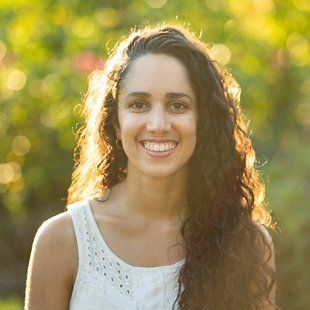
Articles
-
2 months ago |
scientificamerican.com | Laura Gomez |Laura Gómez |Lorena Galliot |Samia Bouzid
After Andrea Evangelina Rodríguez Perozo died in 1947, the Trujillo regime did its best to erase her legacy—while, at the same time, it appropriated her ideas. Yet those who had known and loved Rodríguez in San Pedro de Macorís, where she spent most of her life, kept her memory alive, sharing stories of her kindness and her work. After the assassination of Rafael Leónidas Trujillo in 1961, Dominicans across the country started to recover her story.
-
Mar 27, 2025 |
scientificamerican.com | Laura Gomez |Laura Gómez |Lorena Galliot |Samia Bouzid
Andrea Evangelina Rodríguez Perozo, the Dominican Republic’s first female doctor, got a warm welcome on her return to the country from Paris in 1925. And she went straight to work, introducing her new ideas about health care for women and children. She set up a new medical practice and managed to get farmers to provide free milk for poor infants. But her proselytizing about contraception and her work with prostitutes made even her friends uncomfortable.
-
Aug 8, 2024 |
scientificamerican.com | Samia Bouzid |Katie Hafner |Laura Isensee
By the second half of the 20th century, physicists were on a mission to find the ultimate building blocks of the universe—what you get when you zoom in all the way to the tiniest bits that can’t be broken down anymore. They had a kind of treasure map, a theory describing what these building blocks are and where we might find them. But to actually find them, researchers needed to re-create the blistering-hot conditions of the early universe.
-
Apr 25, 2024 |
scientificamerican.com | Samia Bouzid |Katie Hafner
“We were each put on Earth to torment the other,” says cognitive scientist Steven Pinker in reference to Elizabeth Bates, a psychologist who challenged a prevailing theory about how humans acquire language. Bates believed that language emerges from interactions between our brain and our environments and that we do not have an innate language capacity. To many, that sounds like an innocuous statement.
-
Apr 4, 2024 |
scientificamerican.com | Samia Bouzid |Katie Hafner
It is December 1897 in England, and Annie Maunder, an amateur astronomer, is boarding a steamship bound for India. Her goal: to photograph a total solar eclipse. Like the many people in North America whose gaze will turn upward on April 8, Maunder was fascinated by the secrets of the sun and was determined to travel the globe and unlock them. She understood that the few minutes of darkness during a solar eclipse presented a special opportunity to explore the nature of the sun.
Try JournoFinder For Free
Search and contact over 1M+ journalist profiles, browse 100M+ articles, and unlock powerful PR tools.
Start Your 7-Day Free Trial →X (formerly Twitter)
- Followers
- 214
- Tweets
- 87
- DMs Open
- Yes